NFT field has long gone beyond mere collectibles or entertainment. This area is becoming limitless, and startups are finding more and more diverse features that users will find useful. During the crypto winter, NFT projects built on speculation will disappear. And startups with good ideas designed for a community will continue to develop and enjoy popularity. Let’s consider the main areas where non-fungible token technologies are used!
#1 Art
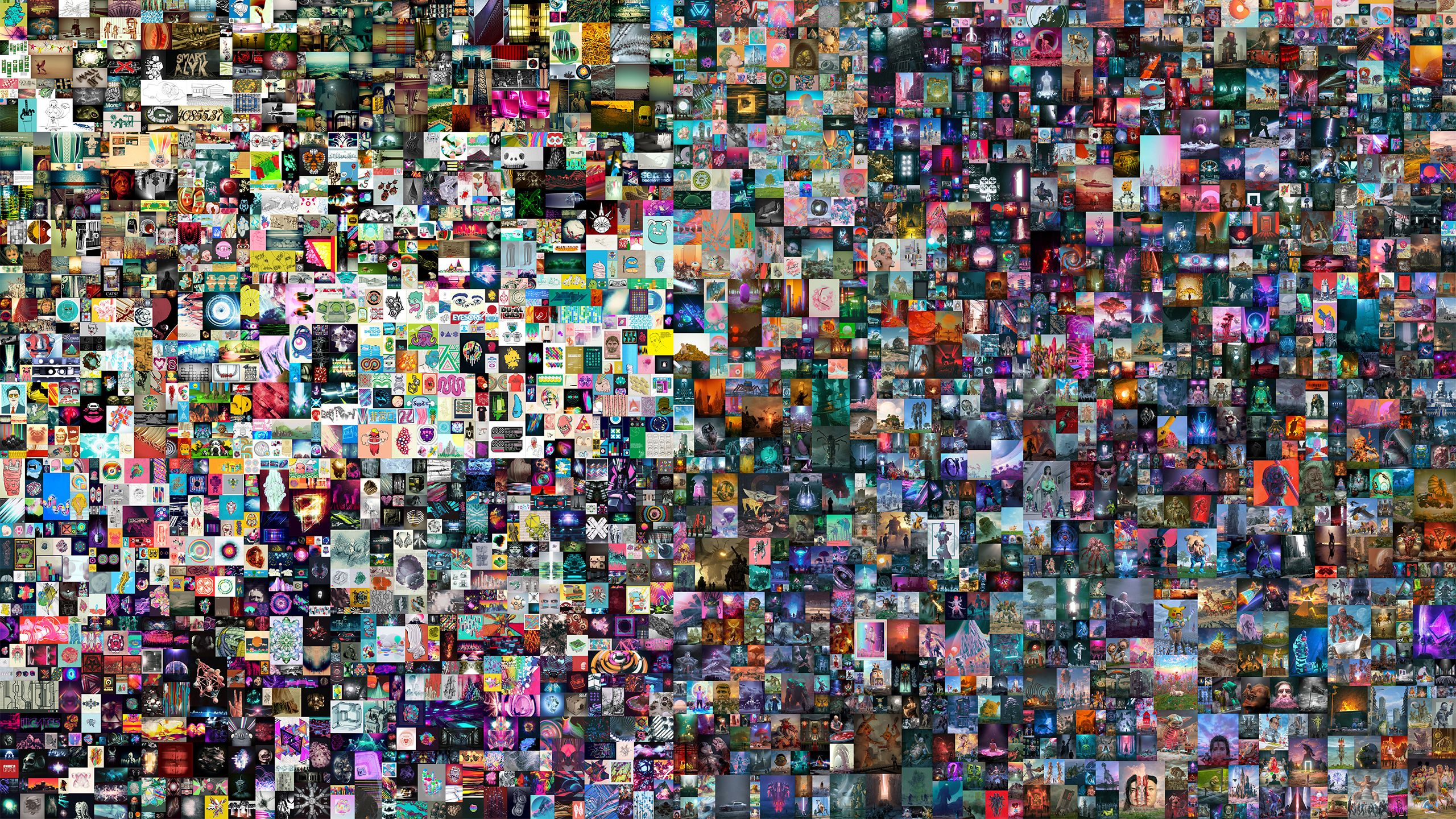
NFT hype started with digital art auctions. After legendary CryptoPunks, more and more similar collections began to appear.
Of course, success hasn’t always been as overwhelming as that of CryptoPunks or Beeple, whose ‘Everydays: The First 5000 Days’ was sold for $69 million. But NFTs do provide new opportunities for artists and collectors.
For example, marketplaces like OpenSea help beginners with advertising and promoting digital art — now, authors only need to upload their art objects to the site. NFT marketplaces also guarantee affordable prices since buyers themselves can make an offer or purchase a token at the listing price through a smart contract. Resale of artworks is generally prohibited in the traditional market. Still, NFTs can be resold almost immediately.
#2 Picture for Proof (PFP)
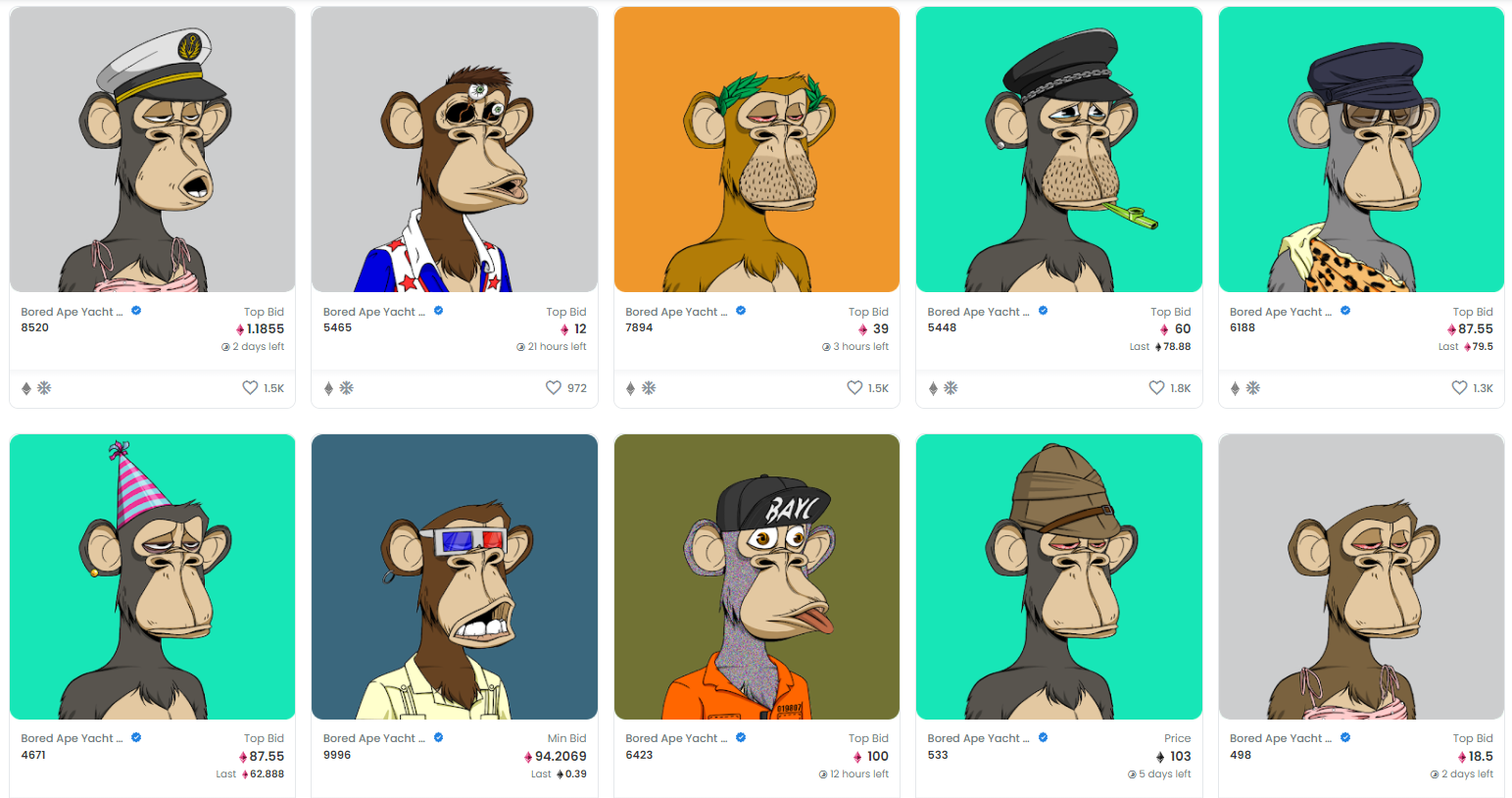
PFP stands for ‘picture for proof’ or avatar. Such NFTs are currently only available on Twitter, but other social networks are also actively testing the new trend.
What are the benefits of PFP avatars?
-
- A profile verification. Twitter checks if the picture is indeed a genuine NFT and puts it in a hexagonal box.
-
- Participation in DAO communities and early project investors. Here, bonuses depend on the rules of a particular community — you can get profit, exclusive services, the right to vote, etc.
-
- Access to games or other community products.
This list will certainly expand in the future.
Examples: CryptoPunks, Bored Ape Yacht Club, Meebits, Mutant Ape Yacht Club
#3 Music
Music creators have also learned how to generate income from NFTs. This helps to offset losses now that sales of physical records are falling and also allows to reach new audiences that cannot be found on music platforms.
Fans, in turn, are willing to buy NFTs to support their favorite artists. Indeed, in this case, they receive all the income and do not share it with intermediaries (such as Spotify).
Musicians also offer fans unique items in the form of NFTs, such as a previously unreleased song or video. Entire albums, singles, videos, photos, or lyrics can be tokenized. Fans love to buy unique or at least strictly limited pieces.
#4 Games
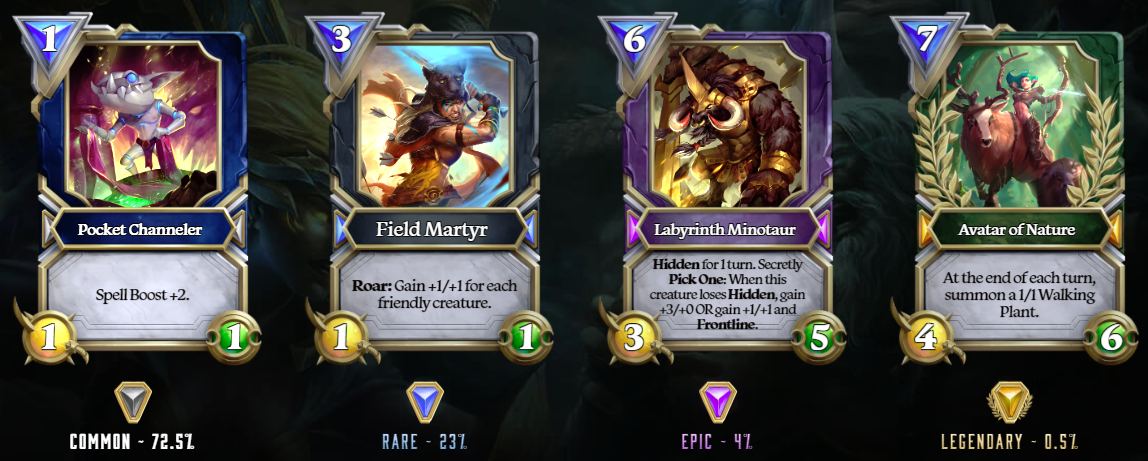
A Play-to-Earn model has replaced regular games. It allows you to earn crypto for gaming activities.
Interactions in such games often take place with the help of NFTs. Characters, accessories, artifacts, land plots — all this comes in the form of NFTs, and players become real owners of these in-game items. Later, such tokens can be sold on marketplaces.
There are game projects (and even entire metaverses) that have been using the huge potential of NFTs for a long time. Last year, the game Axie Infinity was very popular, and this year a Move-2-Earn app STEPN is booming.
Examples: Axie Infinity, STEPN, Gods Unchained, Splinterlands, Waves Ducks, Alien Worlds
#5 Digital Land
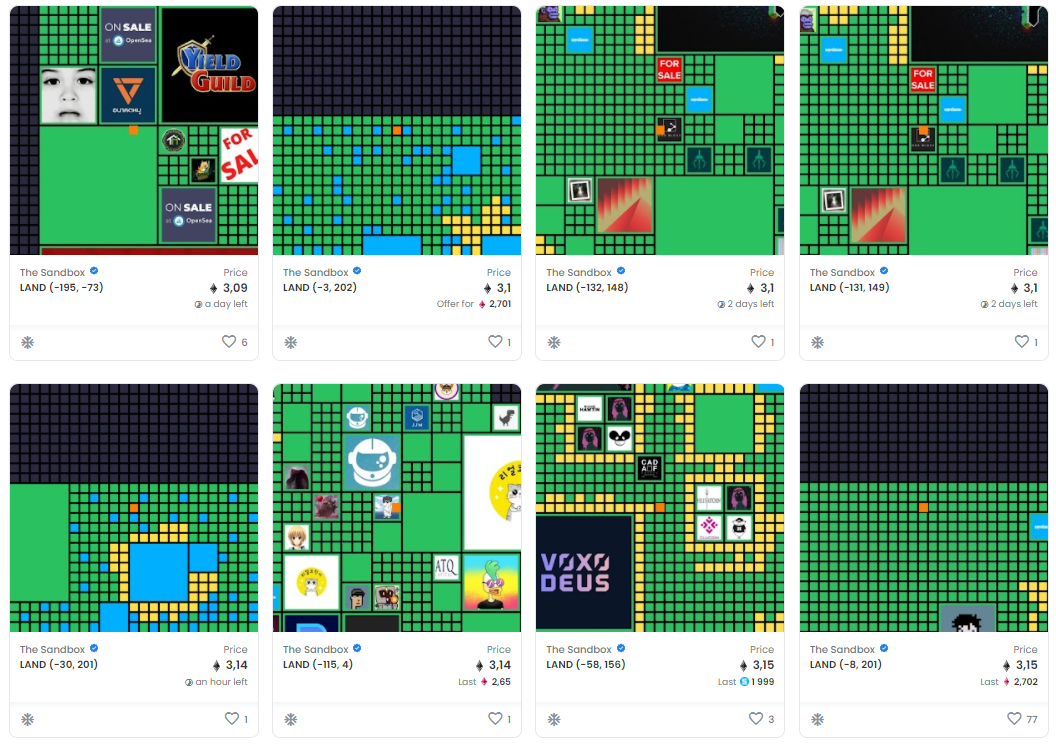
The data stored on a blockchain can be used to digitally map virtual land plots. Smart contracts guarantee you the right to own such land plots for life. Everything is recorded and stored on the blockchain.
What to do with digital land plots? Well, there are also different options here:
-
- Wait for the price to rise and resell profitably.
-
- Rent it out.
-
- Post ads.
-
- Hold virtual concerts or other events.
-
- Use it to provide services (for example, to give lectures).
Some crypto lenders even offer digital land loans.
Examples: Decentraland, The Sandbox, Upland
#6 Membership
Membership has long been popular in the crypto community and business in general. It gives you access to exclusive bonuses and other benefits. But NFT solves the issue of user privacy, data processing, and property rights.
It is important that crypto startups provide bonuses for community members and access to useful features. And if desired, NFT memberships can be profitably resold.
#7 Brand
As was mentioned before, NFT can confirm the authenticity and exclusivity of products. No wonder the brand world is actively joining the blockchain industry and its creative apps.
For example, well-known luxury brands have their own digital stores, NFT collections, and even blockchain games. But it’s not just about digital skins and accessories.
-
- NFT may be issued as a certificate of authenticity. Then it will help to check skins, accessories, or jewelry.
-
- With the help of such a certificate, users can find out about the product’s origin, quality, manufacturer, and other characteristics.
-
- Also, you can extend the warranty or track delivery through a smart contract.
-
- NFTs are used for advertising in the metaverse or blockchain games. Or just for promotions — for example, give away free art tokens for pre-ordering products.
-
- Such tokens, in turn, can be used for a bonus program or, for example, a collaboration with influencers.
In general, blockchain has become another effective advertising and sales channel, so brands are actively using it.
#8 Social NFTs
Social NFTs give people one of the basic needs — to be in a circle of like-minded people and communicate.
This can be both participation in closed online groups and access to real-life events. And the more popular NFTs become, the more often large social networks think about their social implementation. So, Meta has confirmed that Facebook will have closed groups with access via NFT.
Another example of a successful social NFT is VeeFriends by blogger and businessman Gary Vaynerchuk. By buying NFT tokens, a fan gets into the VeeFriends community, where the blogger holds various lectures.
#9 Domain
Blockchain-based domain name providers offer such services for huge sums of money. For example, Unstoppable Domains sold the ‘win.crypto’ NFT domain in March for $100,000, the highest ever NFT price.
Tokenized domains are a decentralized account system based on an open-source blockchain. Such a domain allows clients to create a wallet address in a convenient text format and bind it to the original wallet address.
Other use cases for NFT domains:
-
- Transferring tokens/NFT/messages between a domain and an owner’s wallet.
-
- Convenient address in various DApps.
-
- Ability to create sub-accounts for community members.
-
- Broadcasting Web3.0 data to a Web2.0 site when joining a domain.
Such technologies will also develop as Web3.0 expands.
#10 DeFi
How NFTs work in DeFi can be described using the example of Uniswap V3, a liquidity provider. Its LP tokens are presented as NFTs (ERC-721 standard) rather than regular ERC-20 tokens (as Uniswap V1 and V2 do).
Based on a pool and interface parameters, a protocol creates a unique NFT that shows the position in a particular pool. The Uniswap NFT token contains the most important information about your liquidity position (pairs, tier level, pool address, etc.). By the way, an NFT owner has the right to change or resell their position in the Uniswap V3 protocol.
And another example is a JustLiquidity service. It is a DeFi platform with a unique NFT staking pool. Here you can lock JulD and JULb tokens for four weeks to get special NFTs like BNB NFT cards. Received NFTs, in turn, can be locked up again.
Conclusion
As you can see, we have described 10 NFT use cases. But there are many more of them — non-fungible tokens will be useful in culture, sports, medicine, legal services, logistics, and so on. Therefore, one should follow the development of this promising market with interest.
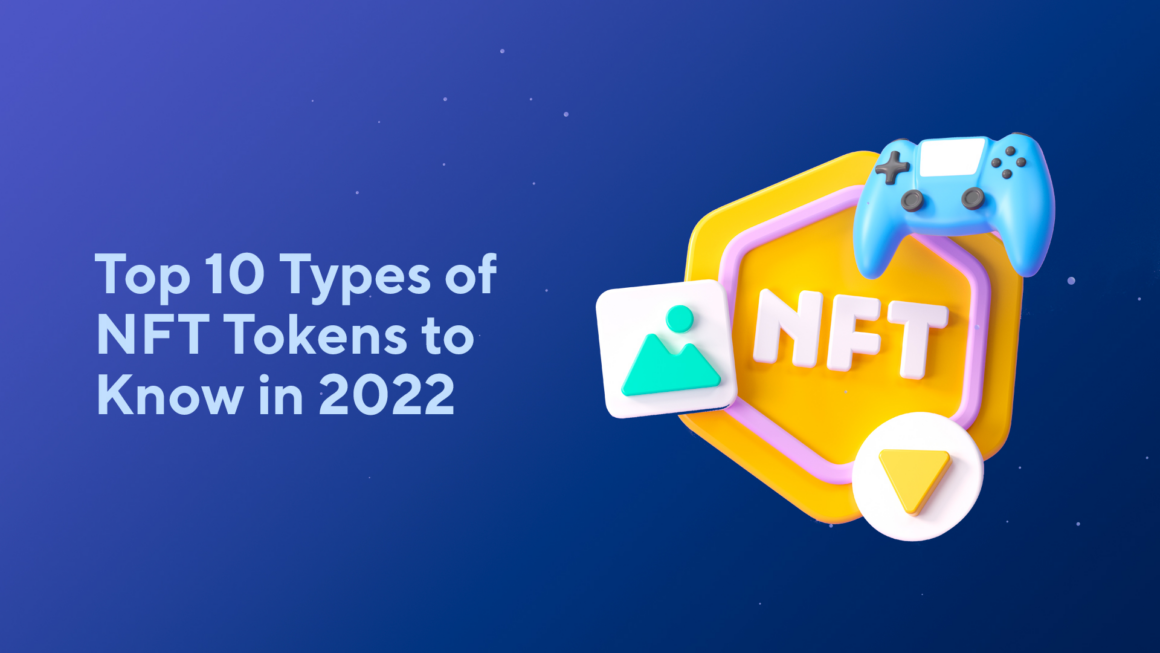
Leave a Reply